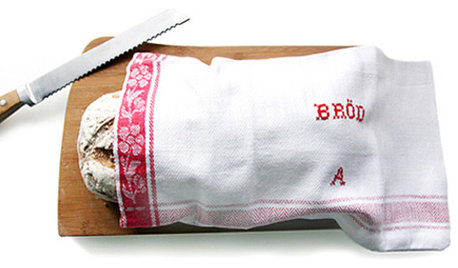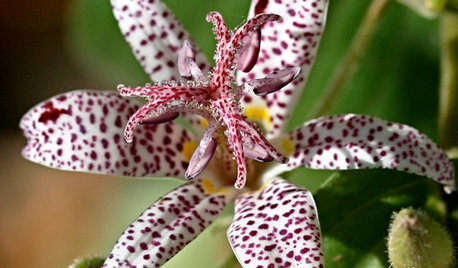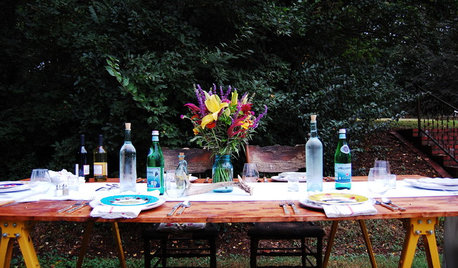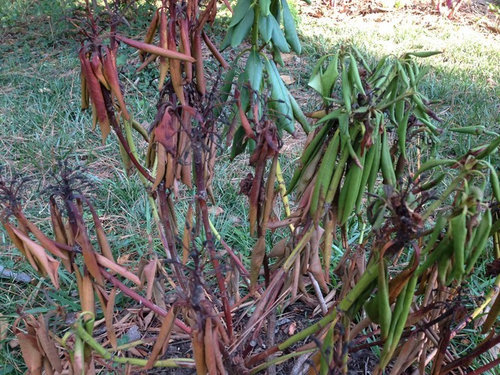Rhododendron got roasted this summer
andrew_rva
9 years ago
Featured Answer
Sort by:Oldest
Comments (8)
dbarron
9 years agolast modified: 9 years agodavidrt28 (zone 7)
9 years agolast modified: 9 years agoRelated Professionals
Harrison Landscape Architects & Landscape Designers · Billerica Landscape Contractors · Biloxi Landscape Contractors · Cary Landscape Contractors · Centereach Landscape Contractors · Costa Mesa Landscape Contractors · Deer Park Landscape Contractors · Dinuba Landscape Contractors · Muttontown Landscape Contractors · New Providence Landscape Contractors · Paso Robles Landscape Contractors · Rockwall Landscape Contractors · Woodburn Landscape Contractors · Greenfield Landscape Contractors · Silver Firs Landscape Contractorsrhodyman
9 years agolast modified: 9 years agoandrew_rva
9 years agolast modified: 9 years agodavidrt28 (zone 7)
9 years agolast modified: 9 years agodavidrt28 (zone 7)
9 years agolast modified: 9 years agodavidrt28 (zone 7)
9 years agolast modified: 9 years ago
Related Stories

GARDENING GUIDESGot Frost-Damaged Plants? How It Happens, and When and How to Prune
Crispy brown leaves are a sure sign that Jack Frost has been to your neighborhood
Full Story
Guest Picks: Summer Cottage Breakfast Table
Wake up to a thoughtfully set table for a simple morning meal by the lake
Full Story
EDIBLE GARDENSSummer Crops: How to Grow Tomatoes
Plant tomato seedlings in spring for one of the best tastes of summer, fresh from your backyard
Full Story
SUMMER GARDENING10 Perennials to Extend Your Garden's Summer Color
Revive summer-weary gardens with outstanding late bloomers such as toad lily, Russian sage, blanket flower and more
Full Story
EDIBLE GARDENSSummer Crop: How to Grow Blueberries
Plant blueberries in spring or fall for garden beauty through three seasons — and a sweet superfood in summer
Full Story
EDIBLE GARDENSSummer Crops: How to Grow Squash
Almost foolproof and with cheerful flowers, squash comes in a wide range of varieties to plant in spring
Full Story
GARDENING GUIDESAttract Hummingbirds and Bees With These Beautiful Summer Flowers
Roll out a welcome mat for pollinators to keep your landscape in balance and thriving
Full Story
MOST POPULARSummer Crops: How to Grow Sunflowers
Savor snack-tastic sunflower seeds once the radiant blooms have faded — if the birds have saved you any, that is
Full Story
GARDENING GUIDESTop 12 Summer-Blooming Perennials for Deer-Resistant Drama
Can you have garden color, fragrance and exciting foliage with hungry deer afoot? These beauties say yes
Full Story
MOST POPULAR20 Ideas for Easygoing Summer Parties
Ditch the fancy and fussy in favor of laid-back entertaining that leaves you more time to enjoy the fun
Full StorySponsored







davidrt28 (zone 7)